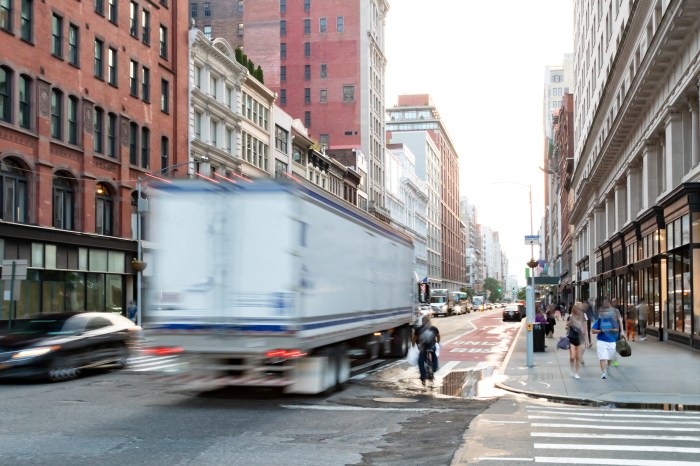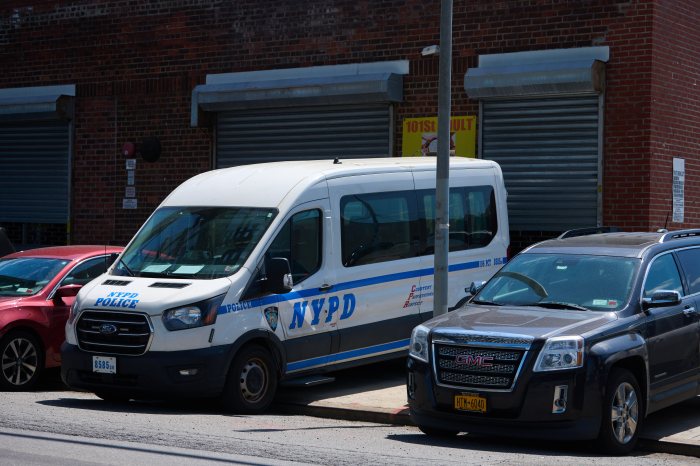
A new report has slammed the Police Department’s enforcement under Vision Zero after an uptick traffic fatalities this year.
Unfocused and ineffective policing is jeopardizing the fabric of Mayor Bill de Blasio’s traffic safety initiative, according to the report published Thursday from Transportation Alternatives.
“The NYPD needs a wholescale realignment of traffic enforcement priorities because it’s grossly out of step with any reasonable interpretation of Vision Zero,” said Paul Steely White, executive director at the transportation advocacy group. “We need [Commissioner William Bratton] to set the standard for Vision Zero enforcement.”
Since de Blasio launched Vision Zero shortly after taking office, traffic deaths plummeted by 22% in two years; 2015 was hailed as the safest for city streets in history. But in the first six months of 2016, there have been 111 traffic deaths, up from 107 during the same period last year.
A total of 14 cyclists have died, double the amount from this time last year. And more than 5,000 pedestrians were injured—an 11% increase since 2015.
White believes the responsibility falls on the police department, which he said needs to reprioritize its enforcement in order to stop the upward trend.
White’s group wants policing that focuses more heavily on crash data and the most dangerous offenses, such as speeding and failure to yield, and greater accountability for reckless drivers involved in hit-and-runs.
The report points out that only 2.5% of 38,000 hit-and-runs incidents resulted in any kind of enforcement in 2015. Though by definition, the term “hit-and-run” includes crashes where drivers might knock off a side view mirror off a parked car and drive away. It’s not exclusively used for crashes involving other people.
The mayor’s office said broad enforcement presents an issue with managing resources, but out that of 52 hit-and-run crashes involving fatalities or critical injuries last year, 30, or about 58%, led to arrests.
“Investigations are opened into 100% of hit and runs where a victim is critically injured,” said Austin Finan, a spokesman for the mayor, in an email.
White argued that drivers that damage property shouldn’t be left completely off the hook.
“Good street design only goes so far,” White said. “A driver causing property damage and leaving the scene is probably not going to be deterred by curb extensions or speed humps.”
The report also called for more aligned Vision Zero policing across all 77 precincts.
“We’re seeing enormous variation in enforcement from precinct to precinct. Even adjacent precincts have vastly different focuses,” White said. “There needs to be a standard coming from 1 Police Plaza.”
Finan noted the administration has been targeting the most dangerous driving offenses that have proven to cause the majority of traffic deaths. Summonses issued for speeding, failure to yield to pedestrians and failure to stop at a stop sign have collectively increased by about 18% since 2014.
Councilman Ydanis Rodriguez, chair of the Transportation Committee, said enforcement needs to improve to meet efforts on other fronts—like lower speed limits, new safety laws and street redesigns.
“With the tools in place to make real change on our streets, it’s clear that they must be utilized on the enforcement end to keep our end goal in sight,” Rodriguez said in a statement. “We cannot afford slips in this effort because any regression means more lives lost.”

















